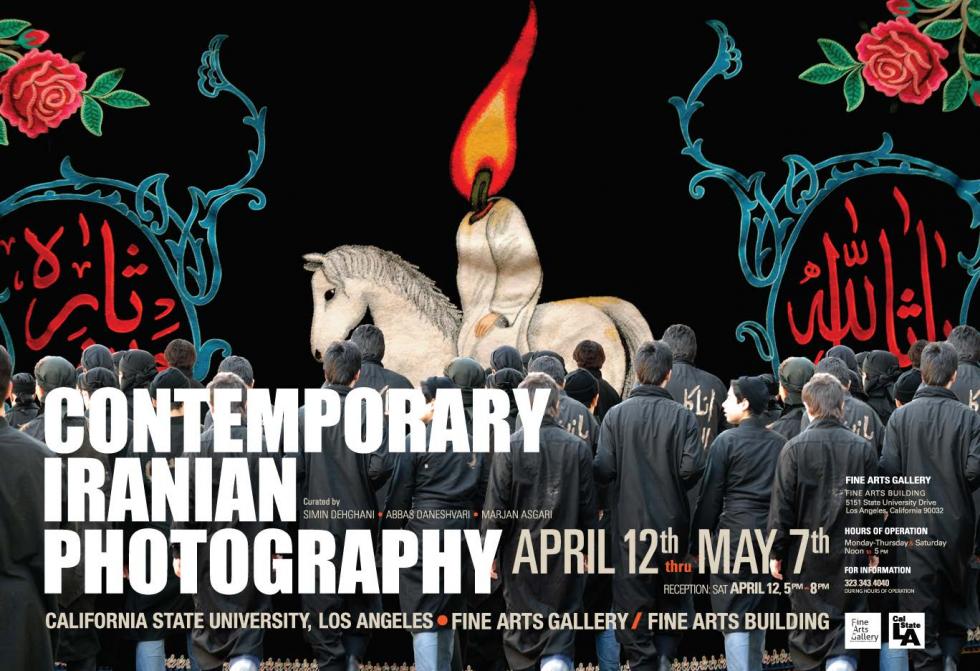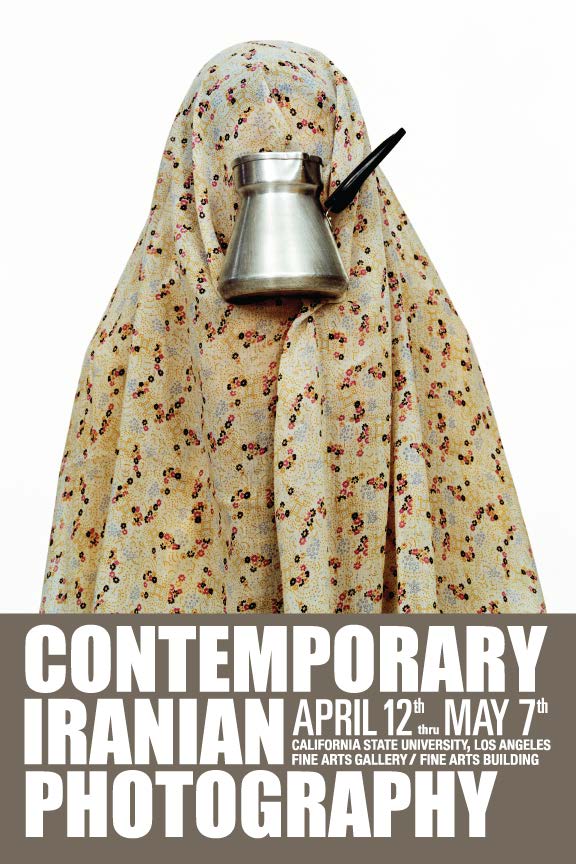MFA Theses Exhibition
"Totems" by Toby Bresson
November 24 - December 13, 2014
Opening Reception December 6, @ 5-8pm
Faculty Exhibition 2014
October 27 - November 15, 2014,
Opening Reception October 27, @ 4-7pm
Undergraduate Senior Project Exhibition
Graphic Design/Visual Communication, Studio Arts
Fine Arts Gallery
June 9th, 2014 @ 5-8pm
Fashion and Textile
Fashion Show @ 6pm
Graduate Theses Project Exhibition
Kelly Blunt (MFA), Lauren Becker (MA), Jessica Gutierrez (MFA), Michelle Lopez (MFA),
Lisa Diane Wedgeworth (MFA)
The Fine Arts Gallery would like to invite you to the CLOSING RECEPTION on Saturday, May 31 from 5 – 8 p.m.
EXHIBITION DATES:
May 19, 2014 – May 31, 2014
ME AND MY GOOD TIMES
by Kelly Blunt
Kelly Blunt has an eye for the good times and an eye on the future of art as depiction of flux. Over the last few years she has taken many photos and videos, which display her experiences in Los Angeles.
OBJECT MEMORY
by Lauren Becker
Lauren Becker’s Graduate Thesis Exhibition, entitled Object Memory is an installation of experiments using personal garments each of which represents a memory. Becker transforms these memories through an intervention with the material that allows for a visual examination of the outward manifestation of memory itself. Each artwork is a representation of how memory and nostalgia function as social and psychological components in an individual’s process of collecting. Nostalgia is a perpetual act of remembering and forgetting, and we use the past in a re-constructionist manner to produce comfort and safety in the present and future. With this in mind, these works construct a narrative for self-reflection and then act to dismantle the treasured objects tied to memory, sentimentality, and nostalgia. In exploring her own collection, Becker seeks to discover how the functions of nostalgia and the collected/ or saved garment acts to represent remembrance, loss, and self-identity. Her experiments with these objects (burning, dissecting, burying, encasing) hope to raise questions about the construction of memory itself. Becker asks: can one emancipate oneself from the bonds of memory through the removal or destruction of the memory-object? In this first incarnation of Object Memory, Becker focuses on a collection of dresses has a direct relationship to the culturally engendered views of femininity that have informed her personal identity and development. The embedded memories found in each garment are important components to expressing the psychological power that exists in the act of collecting and what happens when the object acting as a talisman to nostalgia is destroyed.
UNDULATION
by Jessica Gutierrez
Undulation explores the juxtaposition of a private domestic setting of the bedroom and the public setting of the ocean. Undulation is a two-part piece; one half documenting the physical repetitive action of getting out of bed every day for a year and parallel to that, a reduced time-lapse video of ocean waves reaching the shore. The recurrence of the instant photographs of the bed sheets, mimic the undulating waves, as they both refer to movement. The correlation of a private domestic space to a public natural space initiates the dismantling of the barriers between them and brings to light the vulnerability, strength, and perseverance of the human spirit.
Offerings of the Flesh
by Michelle L. Lopez
Michelle L. Lopez presents her newest work Offerings of the Flesh. Her artwork is a visual exploration of identity through memory. This project embraces the notion that the mind is the creator of our identity and the force behind the body; it is what drives the body. It has the power to alter our perception, create meaning, and protect the physical body. The mind like the physical body can also be wounded and scared and sometimes the wounds never heal.
Contemporary Iranian Art
Exhibition Dates: April 12th - May 7th 2014
Opening Reception April 12, 2014 5pm - 8pm
Every contemporary expression hangs in the balance until an inexplicable judgment of history either validates or rejects it. The contemporary arts of Iran, therefore, have yet to live across many zones of criticism, debate, and philosophical understanding on the way to more widespread and long-term notice. Nevertheless, at this crossroads, I believe that Iran’s contemporary arts––especially photography, the genius of its artistic expression––bespeak a wholly different frame of vision and production than that of any other time or place. Although a great deal of research and work is necessary to determine the aesthetic and historical significance of this current display, we may be assured that the so-far-generated polemics regarding its place and meaning have laid the foundation for its enduring significance not only in Iran but also worldwide.
The phenomenon of contemporary Iranian photography is quite surprising for rarely has so much of a period’s art appeared so simple yet turned out to be so complex. Mohammad Ghazali’s “Where the Heads of the Renowned Rest” and Shirin Aliabadi’s “Miss Hybrid,” among many others presented in this exhibit, prove this point. Ghazali’s urban images appear at first to be ordinary, quotidian photography, until after some scrutiny, one enters the horizon of his profound metaphysical subversions. Aliabadi, who may be viewed as playful and even superficial, represents one of those interstices of play where the paradox of desire and control, of simulation and dissimulation, have made transparent both the microcosm and macrocosm of Iran’s culture. Her images are filled with remembrances of past psychologies that can be measured, albeit subtly, beneath the façade of the work’s modern females.
Parastou Forouhar is another example of contemporary photography whose significance is more than surface deep; her references to earlier historical signs are more about the instability of such signs than their assumed values. Parastou is a master at displaying the paradox in theocracy and aesthetics by deftly communicating the beauty in horror and the god in abuse and exploitation. She exemplifies a phenomenal ability to implement through subjective aesthetics the objective and concrete matters of state and history. In fact, contemporary Iranian photography, for the most part, exhibits an anti-historical and anti-metaphysical stance that makes it distinct from so much else occurring in the Middle East.
It is amazing that within the strictest of institutional proscriptions, the contemporary artists of Iran have, for the most part, managed to chart new aesthetic and iconographic paths. Examples are such semiotic photographs as the “Moustache” and “Hand and Belt” series of Peyman Hooshmandzadeh, wherein the images are phenomenological acts of bracketing those signs that illuminate the various economic and cultural strata of Iran through fragments and fragmentary embodiments of value.
The complexity of Iran’s contemporary life and thus its photography is necessarily sodden with tensions and conflicts that, given the State’s rigid proscriptions, have produced a theatre of signs, evading and avoiding official obstacles. Therefore, as in the works of Tirafkan, Forouhar, Javadi, Kowsari, and Golshiri, though they demonstrate a variety of methodologies, we find a radical reformulation of signs as theatrical symbols. In these works the epistemology of cognition is bypassed so that meaning, highly discursive, may not be easily codified. Though political repression has vitiated freedom of expression, new tactics and strategies of communication have both overcome the State’s demands and enriched the various arts and their meanings.
Abbas Daneshvari, PhD. Professor of Art History
American Sabor: Latinos in U.S. Popular Music
https://americansabor.org/exhibition/venue/1534
November 16, 2013 - February 9, 2014
Gallery hours: Monday-Saturday from 11 am - 5pm
Gallery closed: November 28-30 and December 23 - January 5, 2014

